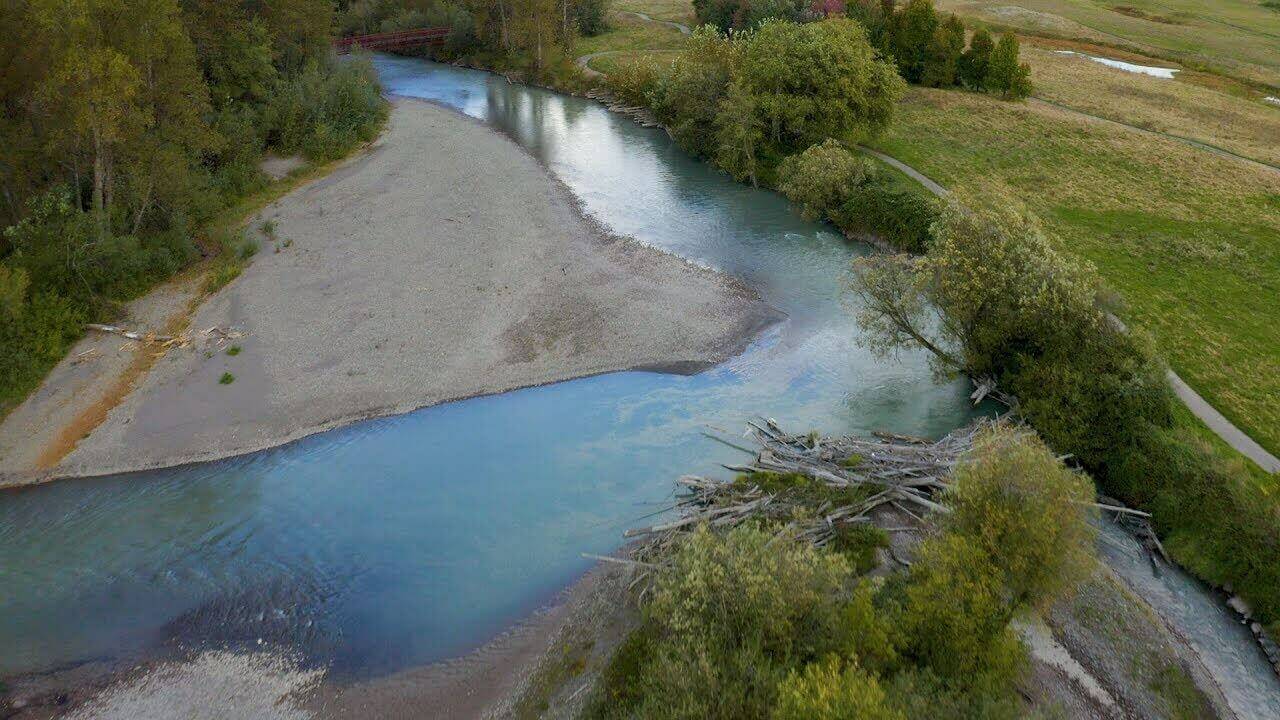The following is a press release from the Washington state Department of Ecology:
The Washington Department of Ecology recently received approval from the U.S. Environmental Protection Agency for a water quality cleanup plan for the Lower White River. The plan addresses decades-old pH problems associated with excess nutrients that have threatened fish and aquatic life in this tributary of the Puyallup River.
The Lower White River watershed is approximately 90 square miles and extends from just below Mud Mountain Dam near Enumclaw to the mouth of the river near its confluence with the Puyallup River near Sumner. It is home to Endangered Species Act-protected salmon, a critical food source for southern resident orcas.
Monitoring in the White River showed that pH regularly exceeded the healthy range for fish and aquatic species. Fish and other aquatic species thrive in water with pH values between 6.5 – 8.5 (7 is considered neutral). If the pH is too high, it can be harmful for fish and other aquatic species. Excess nutrients from human sources like phosphorus increase underwater plant growth which changes the oxygen and carbon dioxide cycles, increasing pH. This is especially true during the summer months when the White River experiences more light, warmer temperatures, and lower water levels.
The water quality plan sets a “total maximum daily load,” or TMDL, controlling how much nutrient pollution can enter the river each day. The goal of the cleanup plan is to limit nutrients and describe best management practices needed to reduce phosphorus pollution. Once implemented, the plan should help reduce pH, bringing it back to a level that’s healthy for fish and other aquatic life.
The water quality improvement plan process is a science-based approach to cleaning up polluted water so that it meets state water quality standards. A TMDL is a numerical value that represents the highest amount of a pollutant a surface water body can receive and still meet the standards.
A result of a unique collaborative effort between Ecology, EPA, and the Muckleshoot Indian Tribe, the plan identified solutions to address the wastewater treatment plants at the cities of Buckley and Enumclaw, the two largest sources of nutrients. The cleanup plan also addresses phosphorus from several other permitted sources, including municipal, construction, industrial stormwater, and sand and gravel permittees. The plan promotes the use of practices like proper manure storage and fertilizer application that will also help improve water quality.
Moving forward, Ecology will provide technical assistance to permittees, businesses, and landowners to help implement the water quality improvement plan. Progress will be measured using data collected as part of an extensive effectiveness monitoring effort. Ecology hopes to implement all corrective measures over the next decade.


